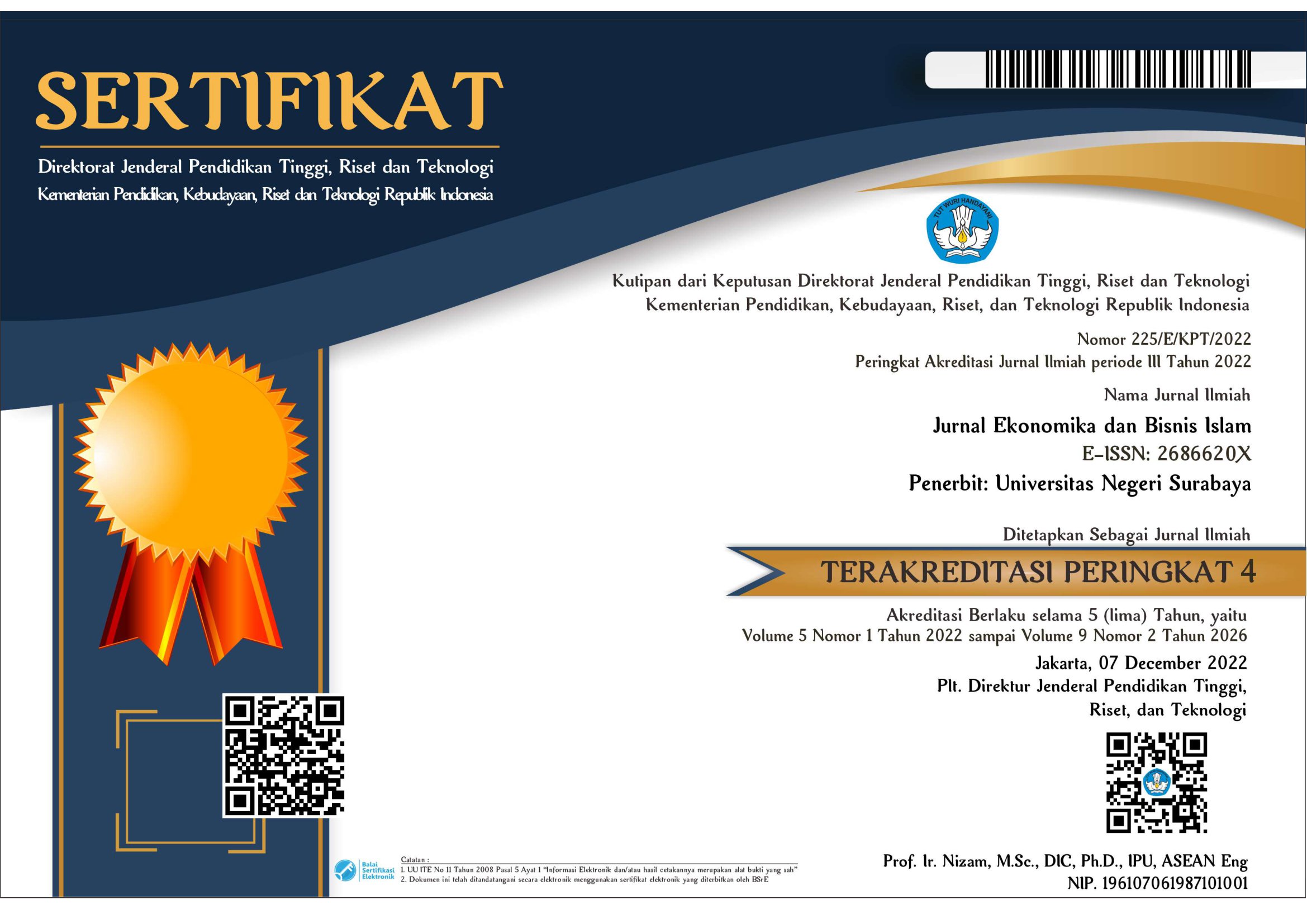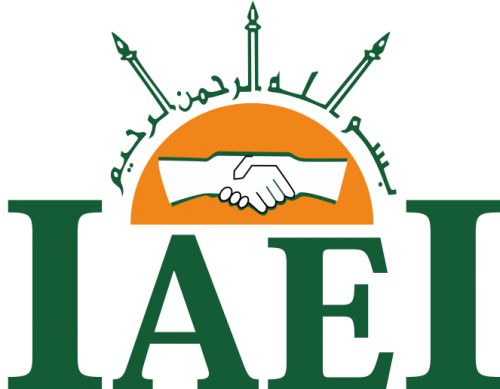Enhancing the Quality of Islamic Higher Education through Islamic Consumer Value
DOI:
https://doi.org/10.26740/jekobi.v6n3.p1-10Keywords:
Customer perceived value, Islamic value, Islamic higher education, MarketingAbstract
The main consumers for educational institutions are students, it is necessary to know the considerations of students in making decisions to study at Islamic Religious Universities (PTKIN). The concept of customer perceived value (CPV) can be applied to research that focuses on muslin consumers by adding Islamic attributes. The purpose of this research is to identify the Islamic value that should be in PTKIN as a strategy to improve its quality. This research uses qualitative research methods. The informants of this research are students of the Faculty of Economics, State Islamic University of Malang, a total of 12 students from 2020sd 2022. Data collection in this study includes direct observation, interviews with informants and documentation studies. Analysis stages include data collection, data reduction, data presentation, data coding. From the results of interviews and then coding, it shows that the concept of customer perceived value can also be applied to college consumers. CPV aspects are summarised in 3 points, namely Islamic Academic, Islamic Value, and Islamic Attribute. This research contributes to university-level decision makers by focusing on these three attributes to be developed into a policy. This research can be further developed by quantitatively testing of these three aspects.
References
Creswell, J. W. (2014). Research Design: Qualitative, Quantitative and Mixed Method Approaches. London: SAGE Publications Ltd.
Fadhol. (2021). Perbedaan PTN dan PTKIN, Sama-sama Universitas Negeri Tapi Beda Lho! Retrieved October 28, 2023, from https://sevima.com/perbedaan-ptn-dan-ptkin
Kotler, P., & Keller, K. L. (2012). Marketing Management. Pearson.
Moleong, L. J. (2012). Metode Penelitian Kualitatif. Bandung: PT. Remaja Rosdakarya.
Ramadhani, Y. (2023). 58 PTN Perguruan Tinggi Islam Negeri: UIN, STAIN, hingga IAIN. Retrieved October 28, 2023, from https://tirto.id/gBjc
Tjiptono, F. (2015). Pemasaran Jasa. Malang: Bayumedia.
Yuniarto, T. (2022). Perguruan Tinggi Indonesia: Sejarah, Perkembangan dan Aktualisasinya. Retrieved October 28, 2023, from https://shorturl.at/mMSVZ
Zainal, V. R., Djaelani, F., Basalamah, S., Yusran, H. L., & Veithzal, A. P. (2017). Islamic Marketing Management: Mengembangkan Bisnis dengan Hijrah ke Pemasaran Islami Mengikuti Praktik Rasulullah SAW. Jakarta: PT Bumi Aksara.
Downloads
Published
How to Cite
Issue
Section
License
Copyright (c) 2023 Fitriyah Fitriyah, Imam Mukhlis, Arief Noviarakhman Zagladi

This work is licensed under a Creative Commons Attribution 4.0 International License.
This work is licensed under a Creative Commons Attribution 4.0 International License.
 Abstract views: 152
,
Abstract views: 152
, PDF Downloads: 267
PDF Downloads: 267














